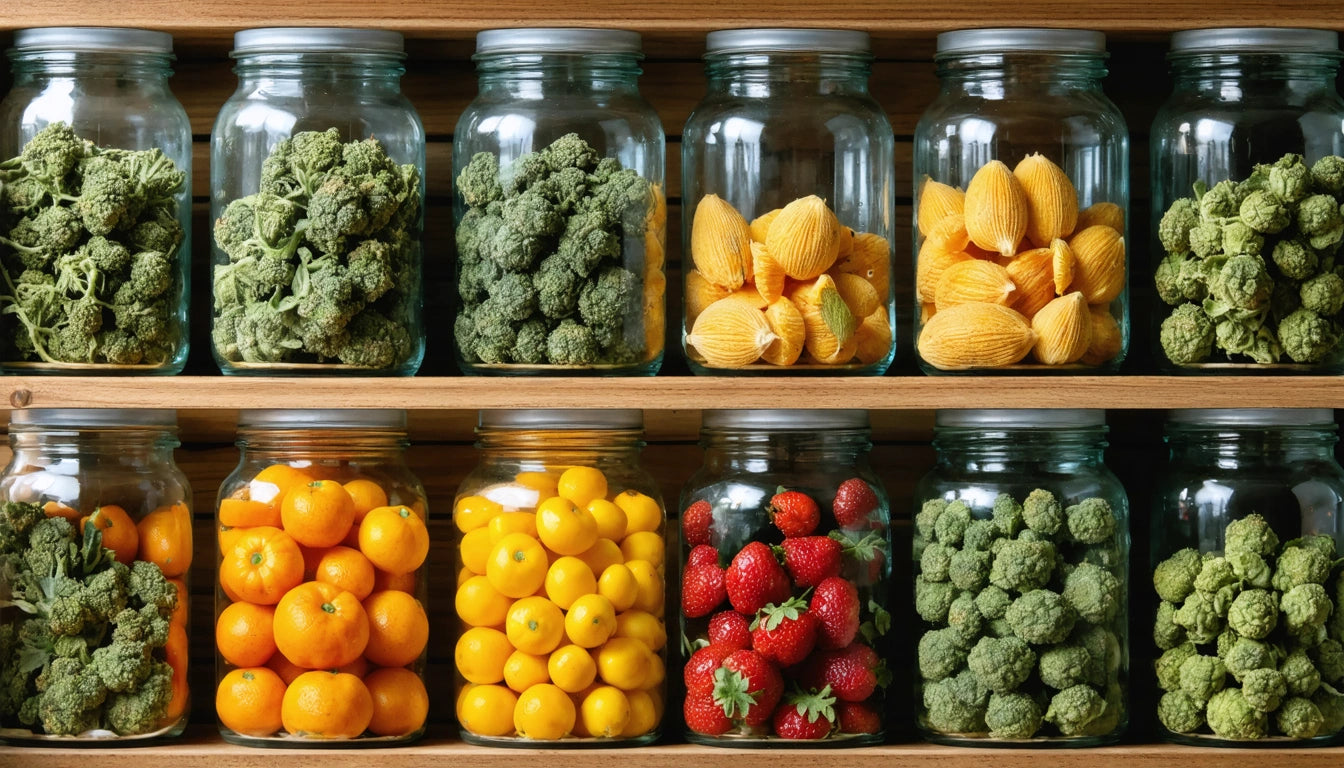Table of Contents
Selecting the appropriate insert material for vape packaging significantly impacts product protection, presentation, and environmental footprint. As the cannabis vape market expands, brands must balance functionality, aesthetics, and sustainability when designing packaging solutions. This guide explores various insert materials and helps you determine which option best suits your vape products.
The Importance of Insert Materials in Vape Packaging
Insert materials serve multiple critical functions in vape packaging. They provide structural support, prevent movement during shipping, showcase products effectively at retail, and enhance the unboxing experience. According to research on unboxing experiences, thoughtfully designed inserts can significantly improve consumer perception and generate positive reviews.
Quality inserts also address one of the industry's biggest challenges: preventing leaks and breakage. Protective packaging solutions rely heavily on properly fitted insert materials to secure cartridges and batteries in place.
Foam Inserts: Protection and Customization
Types of Foam for Vape Packaging
Several foam varieties are commonly used in vape packaging:
- EVA Foam (Ethylene-Vinyl Acetate): Offers excellent shock absorption and can be die-cut to precise specifications
- PE Foam (Polyethylene): Provides chemical resistance and durability at a moderate price point
- PU Foam (Polyurethane): Features premium feel and superior cushioning for luxury vape brands
Foam inserts excel at protecting fragile glass cartridges and electronic components from impact damage. For premium products, luxury vape packaging trends often incorporate custom-cut foam with brand-colored linings or embossed logos.
Molded Pulp: The Sustainable Alternative
As sustainability becomes increasingly important to consumers, molded pulp inserts have gained popularity. Made from recycled paper fibers, these inserts offer several advantages:
- Biodegradable and compostable properties
- Excellent shock absorption capabilities
- Natural aesthetic that appeals to eco-conscious consumers
- Customizable shapes and designs
Brands looking to enhance their environmental credentials should consider sustainable vape packaging options like molded pulp. When weighing different packaging components, precision measurement tools can help ensure your sustainable inserts maintain consistent quality across production runs.
Plastic Inserts: Clarity and Durability
Plastic inserts, particularly thermoformed PET or PVC trays, remain popular choices for several reasons:
- Crystal-clear presentation of products
- Exceptional durability and moisture resistance
- Precise molding capabilities for secure product fit
- Compatibility with child-resistant mechanisms
When designing plastic inserts, compliance considerations are paramount. Child-resistant vape packaging often incorporates specialized plastic inserts that work in conjunction with outer packaging to create compliant solutions.
Material Selection Criteria for Different Vape Products
Disposable vs. Rechargeable Vape Pens
The type of vape product significantly influences insert material selection. Disposable and rechargeable vape pens have different packaging requirements:
- Disposable pens typically need simpler, cost-effective inserts
- Rechargeable systems often justify premium materials that showcase multiple components
- Multi-pack configurations require inserts that organize multiple units efficiently
Environmental Conditions Consideration
Material selection must account for the environments your products will encounter. Heat and humidity resistance varies significantly between materials:
- Foam can degrade in high-humidity environments
- Molded pulp may absorb moisture
- Plastic offers superior resistance to environmental factors
Future Innovations in Vape Packaging Insert Materials
The vape packaging industry continues to evolve with new materials and approaches. Emerging options include:
- Hybrid materials combining sustainable bases with protective properties
- Antimicrobial treatments for insert materials
- Plant-based bioplastics that offer clarity with reduced environmental impact
- Smart inserts with NFC chips or QR codes embedded for authentication
These innovations help address changing retailer requirements for vape packaging while meeting consumer expectations for sustainability and functionality.
When selecting insert materials, consider not just current needs but future scalability. As your brand grows, your packaging solution should adapt without compromising the protection and presentation that initially established your product's reputation in the market.











Leave a comment
All comments are moderated before being published.
This site is protected by hCaptcha and the hCaptcha Privacy Policy and Terms of Service apply.